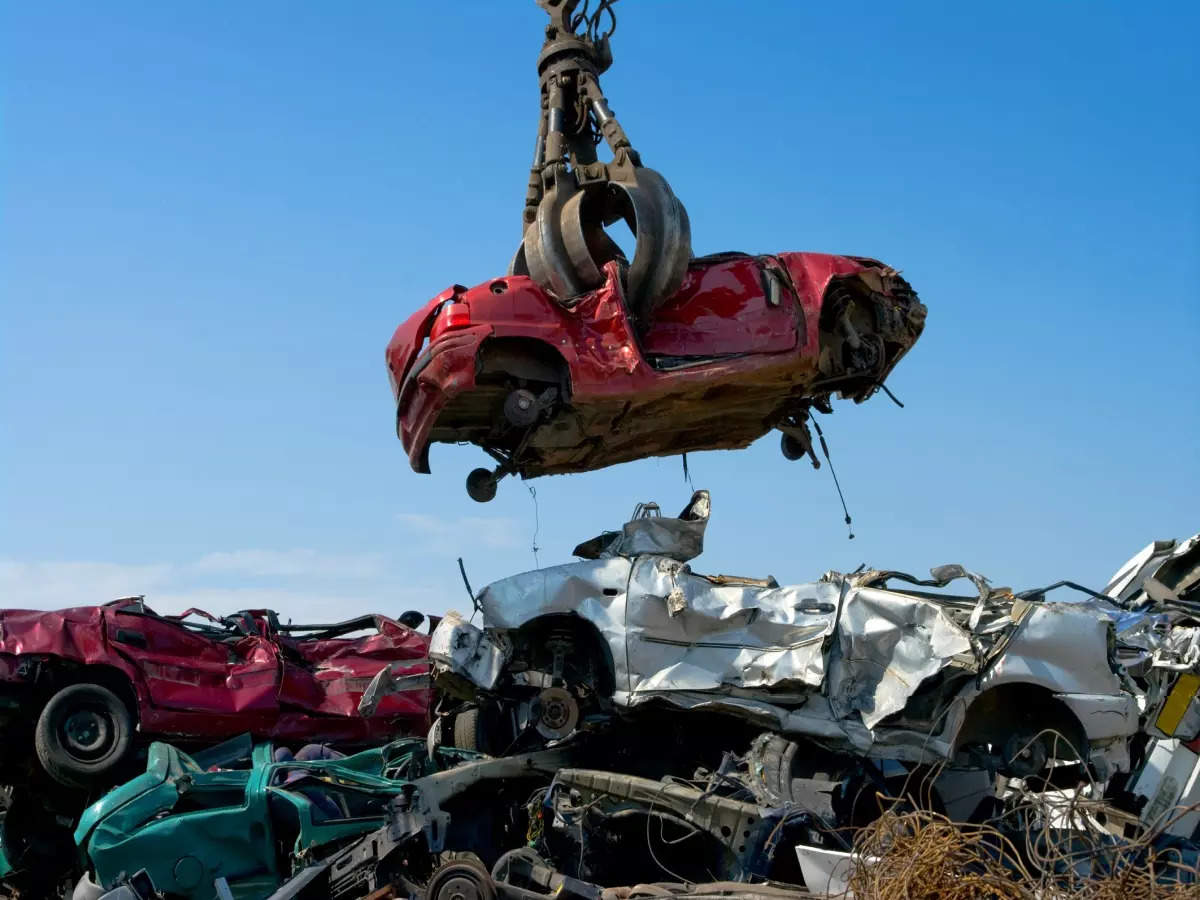Automotive scrap refers to the discarded or waste materials generated during the manufacturing, maintenance, and end-of-life processes of vehicles. These materials can come from various sources within the automotive industry and include both metal and non-metal components. Here are some common types of automotive scrap:
- Metal Scrap:
- Ferrous Metals: These include iron and steel components, such as the chassis, body panels, and engine parts.
- Non-Ferrous Metals: This category includes aluminum, copper, and other metals found in components like radiators, wiring, and electronic parts.
- Rubber and Plastic Scrap:
- Tires: The rubber from worn-out tires is a significant source of automotive scrap.
- Plastic Components: Various plastic parts used in vehicles, such as bumpers, interior components, and trim pieces, contribute to the plastic waste generated by the automotive industry.
- Glass Scrap:
- Windshields and windows from vehicles can be recycled to produce new glass products.
- Fluids:
- Used automotive fluids, such as oil, transmission fluid, and coolant, need proper disposal or recycling to prevent environmental contamination.
- Electronic Scrap:
- Old vehicles contain electronic components like sensors, control units, and entertainment systems, which contribute to electronic waste (e-waste) when discarded.
- Batteries:
- Automotive batteries, which are often lead-acid batteries, need special handling due to their hazardous nature. They should be recycled to recover valuable materials and prevent environmental harm.
- Catalytic Converters:
- These contain precious metals like platinum, palladium, and rhodium. Recycling catalytic converters helps recover these valuable materials.
- Textile Scrap:
- Interior fabrics and materials, such as seats and carpets, contribute to textile waste when vehicles are discarded.
Efforts to manage and recycle automotive scrap are crucial for environmental sustainability. Many countries and regions have regulations and recycling programs in place to ensure proper disposal and recycling of automotive waste. The recycling of materials from automotive scrap not only reduces the environmental impact but also conserves resources and energy compared to producing new materials from raw sources. Additionally, the automotive recycling industry can create economic opportunities by recovering valuable materials and providing jobs in recycling facilities.

